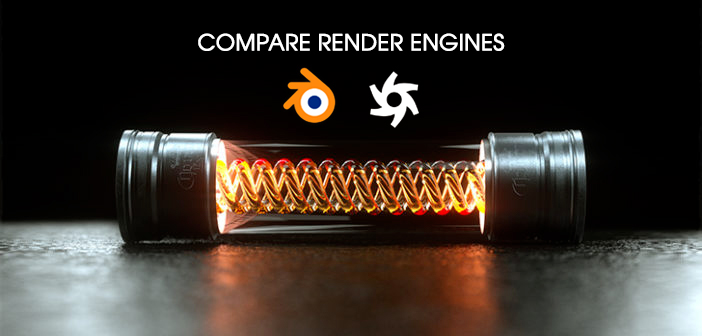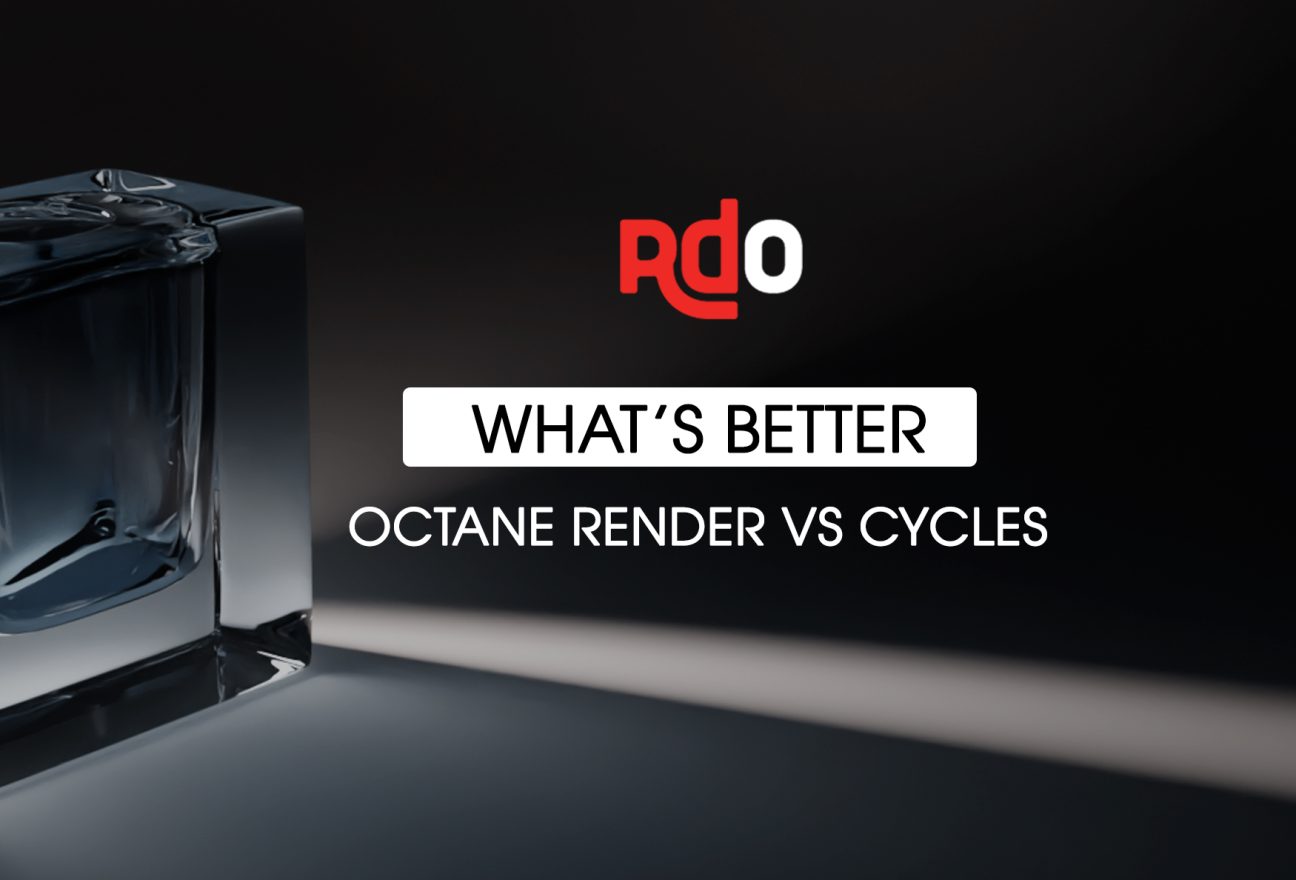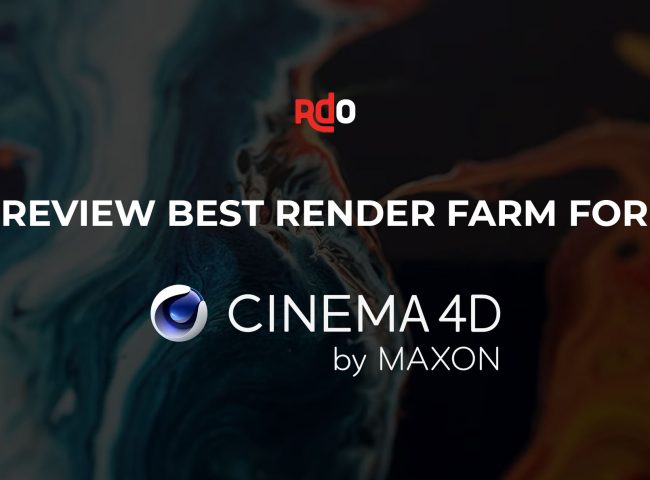Different from the previous comparisons that we have done, this one we will do a comparison between Octane render vs Cycles based on the rendering speed of these two renderers with Blender software.
OctaneRender
The fastest production renderer currently in use is Octane Rendering, the first GPU Ray Tracker. Over alternatives like volume and subsurface scattering, octane offers far more realism. OctaneRender provides its render algorithms with Blender each serving a distinct role.
With OctaneRender for Blender, users can achieve fast, accurate, and realistic results for their 3D projects. The plugin supports a wide range of features, including physically-based materials, volumetric rendering, network rendering, and more. It also takes advantage of the power of modern GPU hardware to deliver fast rendering speeds, even for complex scenes.
OctaneRender for Blender is widely used by artists, designers, and animators in a variety of industries, including film, television, gaming, architecture, and product design. Its intuitive interface, advanced features, and robust performance make it a popular choice for professionals looking to create stunning 3D visuals.
Octane is a third-party rendering engine that supports Blender software. Octane has many releases, one of which is OctaneRender Prime, which is a single GPU release for Blender as well. This license type is free to use. Software supporting this license type will be able to use a maximum of 1 GPU, provide access to a selection of products, and will not be compatible with beta releases.
You can also use multiple GPUs with Octane in Blender with other licenses. But it will be sold in bundles and not be as free as OctaneRender Prime.
A small note for everyone: Octane only supports Blender from version 2.8.3. For smaller versions, it is not possible to work with Blender.

Cycles
The Blender Foundation created Cycles, a potent rendering engine that uses physical principles. It is used to produce excellent lifelike images and animations and is included as the default rendering engine in the Blender 3D software. Cycles simulate the behavior of light in a scene using the concepts of ray tracing to provide lifelike lighting and shading effects.
Cycles is a flexible rendering engine that supports several features, including depth of field, motion blur, physically based materials, volumetric rendering, and CPU and GPU rendering. The user may easily create high-quality renders without leaving the software because it is made to integrate perfectly with the Blender interface and workflow.
Cycles’ capacity for GPU acceleration, which enables noticeably quicker rendering times than CPU rendering, is one of its distinctive features. This makes it a well-liked option for designers and artists who must swiftly produce renders of excellent quality.
Compare rendering with Octane render vs Cycles
Before we did this comparison, many artists gave actual render tests of Octane render vs Cycles in Blender. However, we still want to emphasize with you the differences between them so that you have a basis for choosing the right render engine for your project.
Rendering Method
Octane Render is a GPU-based renderer; it uses the graphics card to render the images. Cycles, on the other hand, is a CPU and GPU-based renderer and is more flexible while rendering. When combined with Blender, Octane Render is known for its quick render times, while Cycles is known for its ability to handle complex scenes with ease.
Lighting and Materials
Both Octane Render and Cycles have physically-based lighting systems that accurately simulate real-world lighting. Octane Render, however, is known for its ease of use and the high quality of its materials and textures, while Cycles has a more extensive material library that is easily customizable.
Octane Render has a physically-based lighting system that simulates real-world lighting, making it easier to create realistic lighting in a scene. It also has a wide range of materials and textures that are designed to work seamlessly with the lighting system. Cycles also have a physically-based lighting system and a range of materials and textures, but it may take more time to create realistic lighting compared to Octane.
Community
Octane Render vs Cycles has active user communities that provide, support, and share tutorials and resources. However, the Octane Render community is usually smaller than the Cycles community, which has a larger user base due to Blender’s popularity.

User interface
Talking about this criterion for comparison, it seems biased for Cycles because Cycles was developed by Blender, so it is integrated with Blender. However, Octane is also an easy-to-use rendering engine, not only in Blender.
Both Octane Render and Cycles have a user-friendly interface. Octane Render’s interface is easy to use, with a streamlined workflow that allows users to adjust settings easily and see a real-time preview. Cycles’ interface is user-friendly and highly customizable, allowing users to tweak the settings to their liking.
Price
Octane Render is a commercial product that requires a license to use. The cost of a license can vary depending on the number of GPUs you want to use with Octane. Cycles, on the other hand, is an open-source renderer that is included for free with Blender.
Octane now has a monthly package for you to easily own a license. It is not too expensive, and you can refer to it with the following price:
- Annual Price: €699 (super confusing pricing structure) via Otoy
- Monthly Price: Starting at €16.58 for small studios via Otoys
See more Octane Render Price
Conclusion
Both Octane Render vs Cycles is powerful rendering engines with unique features and benefits. No comparison is perfect here; we’re just comparing these two tools with Blender. Between these two render engines, it’s up to the project and your desires in terms of rendering speed, lighting, materials, and cost to choose the right render engine.
See more: Octane Render vs IRay Comparison






Leave feedback about this